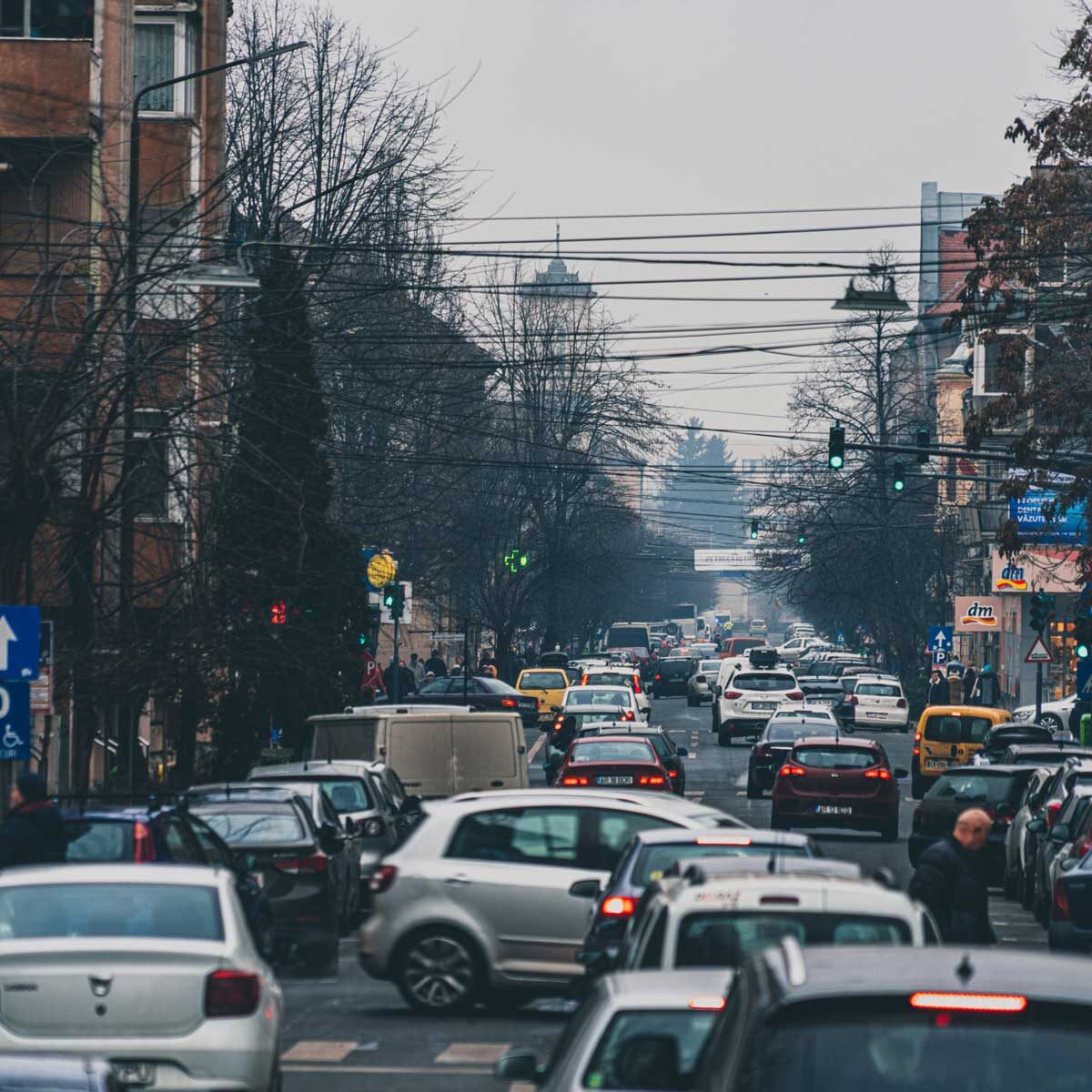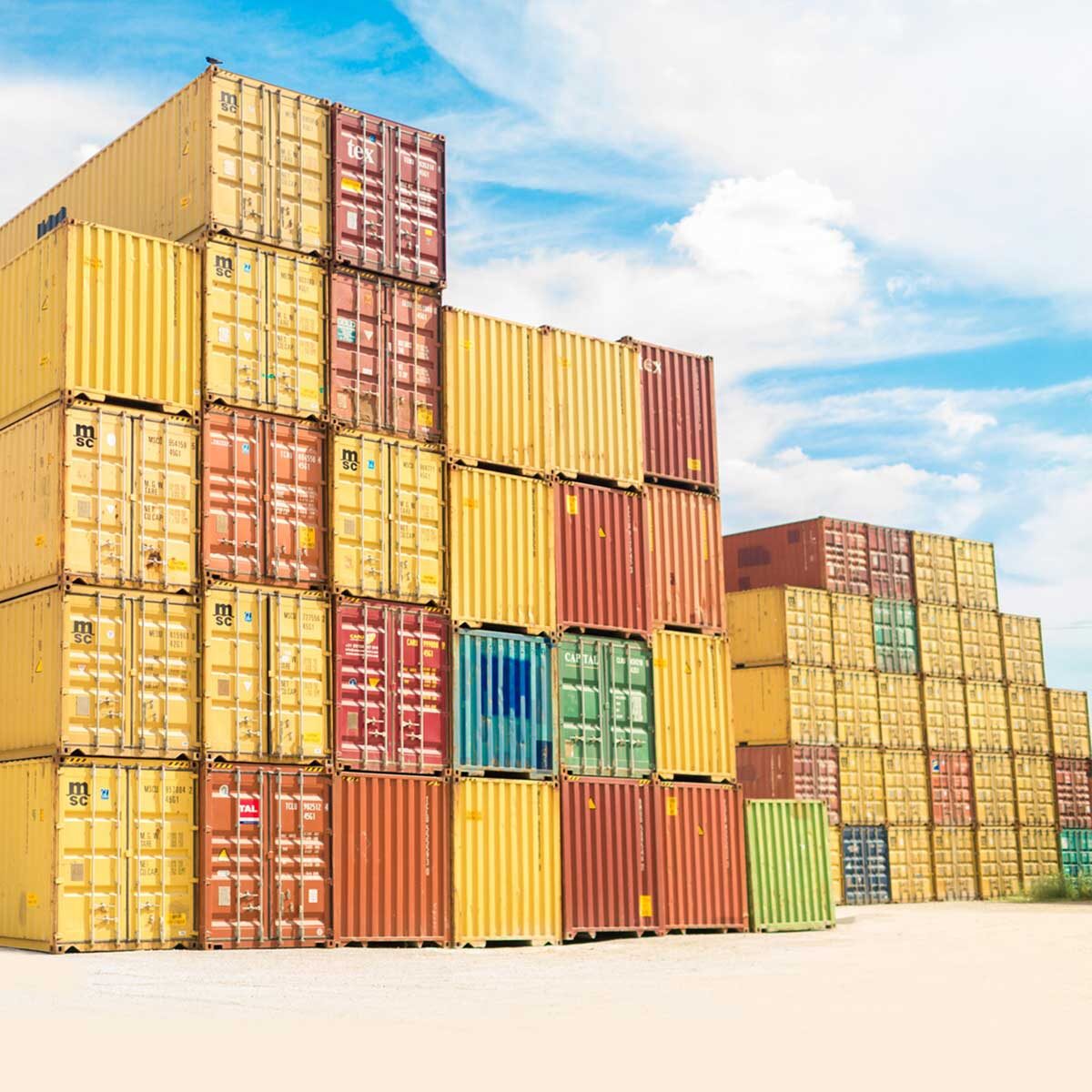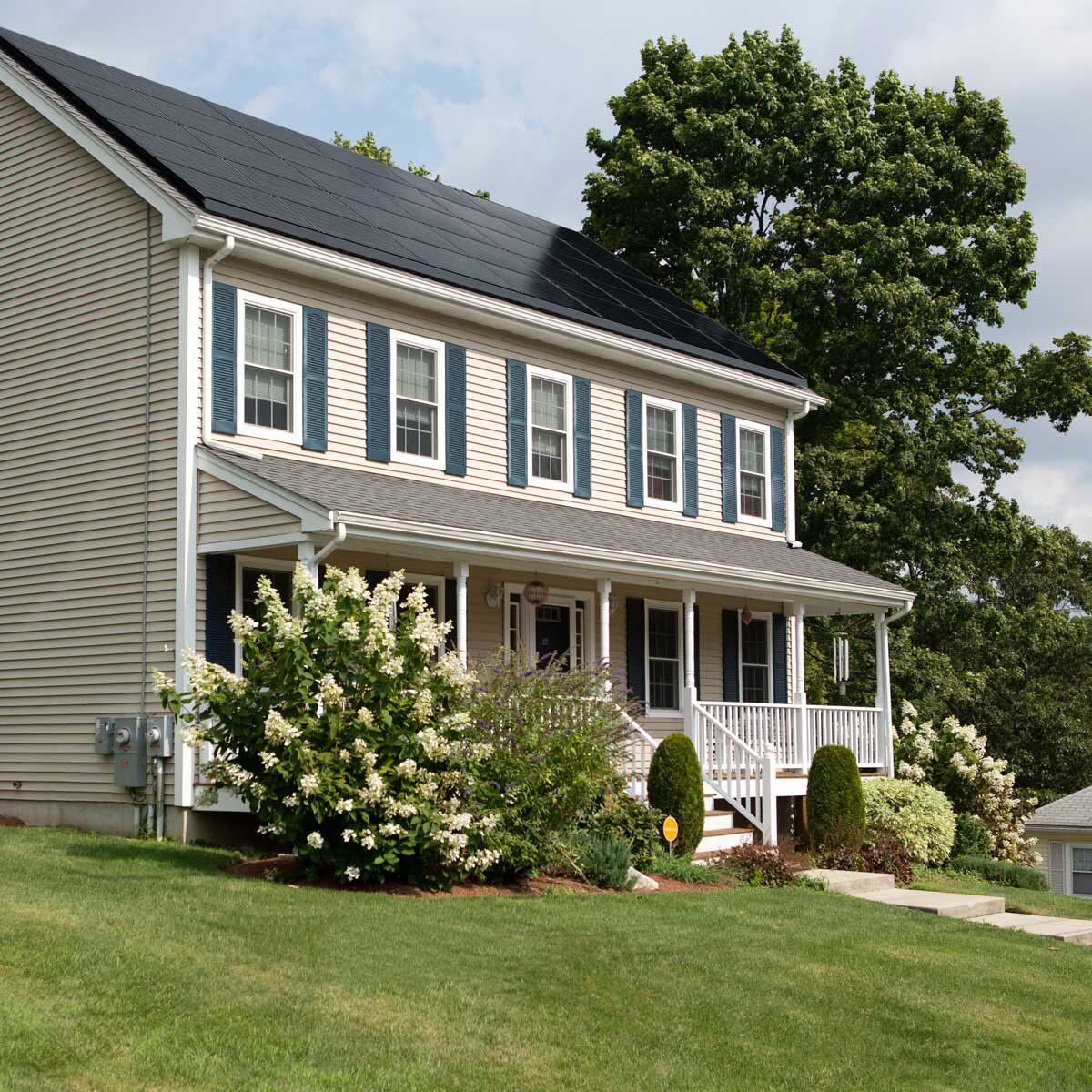Our Take
Taking a hard look at our Carbon footprint can have meaningful impacts on climate change.
Educate Yourself


Quick Facts
13.5K
13,476 miles is the average number of miles traveled according to the Department of Transportation.
4%
4% of the world's population contributes 25% of the world's greenhouse gas emissions.[4]
20
20 tons is the average amount of Carbon Dioxide the average American produces per year.[4]
822K
822,000 is the number of Olympic-sized pools that can be filled annually with the waste produced by the world.[5]
10%
10% of the annual global carbon emissions are produced by the fashion industry. This is more than all international flights, and maritime shipping combined.[6]
What is happening?
All of us have an impact on Climate Change. So much of Climate Change seems like it’s about changing other people’s actions, but the best place to start is with yourself. By understanding your carbon footprint (aka the amount of greenhouse gas emissions caused by your actions and possessions), you can decide how you impact the climate. Everything from how and what we eat, how we get to school, where we buy our clothes, and even the phones in our pockets have a footprint associated with them.
The #1 way most people in the U.S. contribute to Climate Change is transportation. Think about how many cars are parked in the average suburban high school parking lot. A ton! According to the U.S. Census Bureau, the average, one-way commute time is 26.1 minutes. Take a minute the next time you’re on the highway during rush hour to see how many people are in each car. Analyzing the Census data, The Brookings Institute shows that Americans still depend on their cars, and over 76% of Americans drive alone to work everyday, while only 5% used public transportation[1]. This all amounts to unnecessary CO2 emissions, and that’s just commuting! Add plane travel for work and pleasure and that number goes up.
It’s no secret we’re an electrified society built on convenience. Our energy use is our next biggest sector. Every light we leave on, every appliance plugged into our walls, and every time we turn the heat up on a cold day, the majority of that is generated from fossil fuels.
Those are the obvious ones, but did you know what you eat and what you throw away can contribute to climate change? Our food waste is a large source of greenhouse gas emissions, as well as our diet. The heavier our diets are in red meat, the higher our carbon footprint since producing those foods releases more CO2 than vegetables (read more by going to our Food Waste page!). The clothes in our closet and the desire to have an ever changing wardrobe is another tally on our carbon footprint. Whether you’re a shopper or not, everything you own has a price tag when it comes to greenhouse gas emissions. Fashion in general has a high price tag with less than 1% of clothing being recycled into new garments.[2] We are creating an environmental disaster all for the newest trend (check out our cause pages on Consumption and Plastics to learn more!).
What are the effects?
The ultimate effect of our footprints is the global issue of climate change. While we can point our finger at other counties and other people, we need to acknowledge and take responsibility for our own actions that emit greenhouse gasses and take an active role in lowering our output. However, our carbon footprint is more than just the greenhouse gas emissions, it also results in the depletion of our resources.
According to the United Nations Environment Program, it takes almost 100 gallons of water to make one pair of jeans! One pair! How many people did you see in jeans today? And don’t get us started on the carbon footprint of the peanut butter sandwich in your lunch box! The reality is that the carbon footprint to get it to you is just one issue, the other is all the carbon we use to make everything from shampoo to donus.[3] With palm oil being an important ingredient in many goods, the amount of rainforests cut down to grow palms is having a devastating effect. Not just on the climate, through tree loss and equipment emissions, but to the millions of species that live in those forests. The fact is, while climate change can feel out of our control, there are certainly things we can adjust in our own lives in order to lower our carbon footprint and help fight the global challenge of Climate Change.




